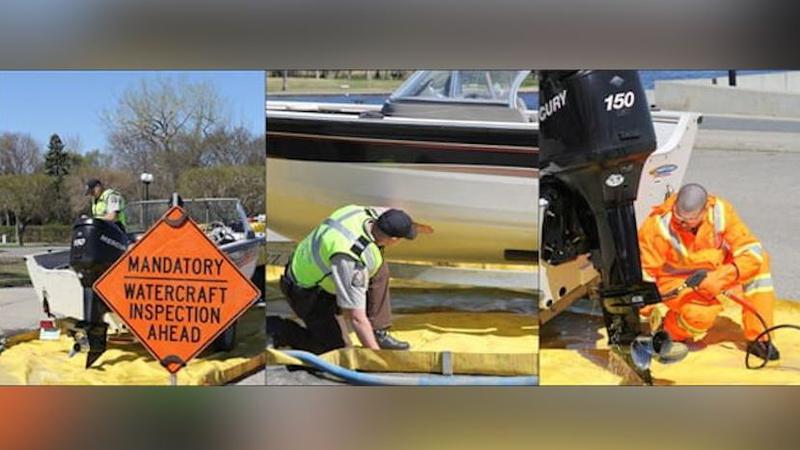
Guardians of the Lakes: How the province is looking to prevent aquatic invasive species
With spring in full force, many Saskatchewan residents are getting their boats ready to hit nearby lakes but just like in previous years, there’s a warning to ensure you’re not bringing anything harmful into the waters.
Earlier this week, the Government of Saskatchewan marked the beginning of Aquatic Invasive Species (AIS) Awareness Week. The initiative aims to prevent the spread and introduction of invasive plants, fish, and mussels.
The most common invasive mussels are the Zebra and Quagga. While those species have not made their home in Saskatchewan, that doesn’t mean the risk is any lower than in the rest of the country.
“We typically inspect anywhere around 4,000 boats in a season and so these are inspections that are done through our watercraft inspection program and also some in coordination with the Conservation Officer service in various parts of the province,” said Jeri Geiger with the Ministry of Environment.



